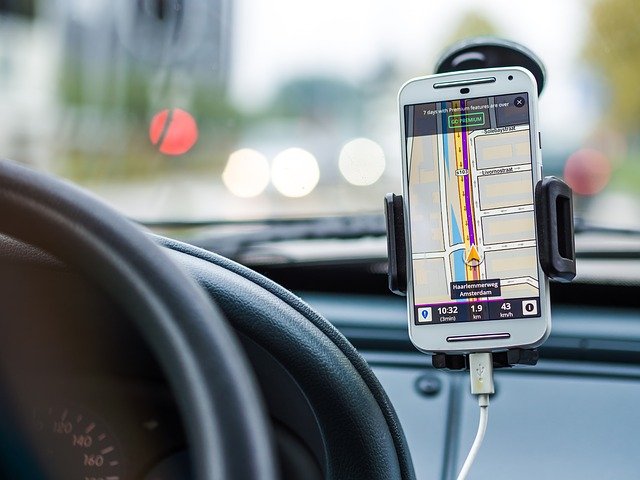
When the words “navigation” and “GPS” come to mind, we automatically think of one thing-DIRECTIONS. People incorporate these words to get proper direction and something that can help you reach a certain place correctly. But you start to wonder at some point what these words mean and if they’re pretty much the same. We all know it’s something that gives instructions but is that all there is to it? Are they similar? Are there any distinctive characteristics that set them apart? How are they different?
In the delivery and ride-sharing industries, two commonly used modes of communication make reaching out to clients faster and more efficient: route planning applications and the utilization of a GPS app. To help you better understand these software programs’ concepts and abilities, we have prepared an informative and helpful article that sets the difference: routing apps vs. GPS apps.
What are routing applications for?
A route planning application has emerged in the delivery and ride-sharing industries to identify the most efficient way to travel between one or more destinations. With this digital navigator assistant, the driver can choose a variety of ways to optimize searches, such as the quickest time, the fewest modifications, or the lowest possible cost of travel.
The driver is free to determine what works best for him and wants his journey to progress. For example, they may be given an estimated amount of time as to when they will likely arrive or how to avoid specific traffic points or any possible delays. One trip might include several pathways and stop places. A system may be aware of current traffic patterns and recommend rest stops or petrol stations where a motorist can relax or refuel their vehicle.
Route planning tools are the perfect call for help when allocating drivers’ daily jobs and routes. A route planning application that prioritizes activities and provides optimum routing may assist business owners in ensuring that drivers are more efficient and productive in accomplishing daily tasks and making deliveries.
What’s the use of GPS applications?
A broad range of industries, including agriculture, architecture, manufacturing, mapping, delivery services, and even logistical supply chain management, benefit from the increased performance that GPS provides. When it comes to time synchronization, GPS is an essential tool used by major network technologies and financial and business systems. It can even save lives by significantly reducing traffic incidents, assisting in rescue operations, and speeding up the delivery of disaster response and emergency workers.
In general, GPS systems have a considerably more expansive function than routing apps, as they may be utilized for more than just directing paths and optimizing beneficial routes. They’re keeping an eye on a much bigger area out there.
Employing GPS technology, people’s creativity is the only boundary. GPS devices may be found in almost every sector because of their wide variety of applications. GPS may be used to map forests, harvest farms, and guide aircraft, just to name a few examples. Geolocation technology is also used by governments and disaster responses to locate persons in need. The employment of GPS technology in locations we wouldn’t often think of is common.
The difference between navigation software and GPS software is that navigation software has a limited set of features. Unlike navigation software, which helps individuals get to their destinations by plotting routes, GPS helps the whole globe get on the proper path and takes account of just about everything, not just the ones mapped in a particular routing program.



